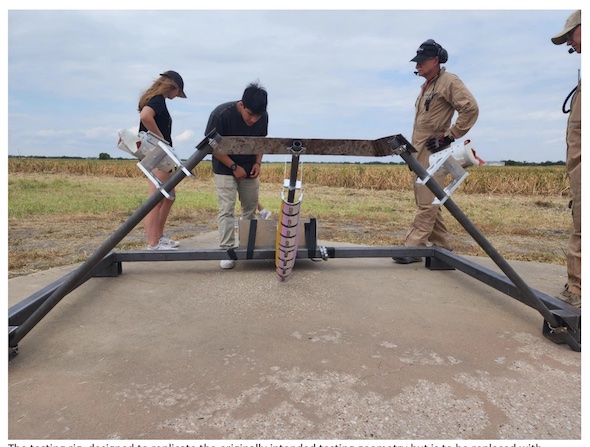Lander-style Vehicle Plume-structure Heat Transfer Monitoring Knowledge Payload
PI: Steven Collicott, Purdue University
PI: Steven Collicott, Purdue University

- NA
Lunar and planetary landers—especially the newest generation of commercial lunar landers—often have legs placed close to their rocket plume. The heat that radiates from the unsteady plume of an actively gimballed and throttled rocket motor onto the legs of a lander is important to understand and predict in order to inform robust designs for future lander vehicles as well as to understand the risks of rocket plume heating in order to optimize performance and mission success.This is made more difficult on Earth because crosswinds, which are absent on the Moon and nearly absent on Mars, deliver additional and asymmetrical heat transfer from the rocket plume to the lander’s legs.
Measurements taken on a vertical takeoff and vertical landing vehicle aim to help researchers understand heat transfer from high thrust to idle and from centerline thrust to hard-over gimballed operations. The existing payload will be modified to measure additional channels of temperature and to increase the capability to several dozen sensors. Researchers plan to compare measurements from numerous flights and conditions with predictions from modeling in order to inform modeling improvements.
•Organizations building crewed or robotic landers for NASA
•Lander vehicle design for Earth-based entry, descent, and landing research
Technology Details
-
Selection DateTechFlights20 (Sep 2020)
-
Program StatusActive
- 4 sRLV
Development Team
-
PISteven Collicott
-
OrganizationPurdue University
-
Sponsor

